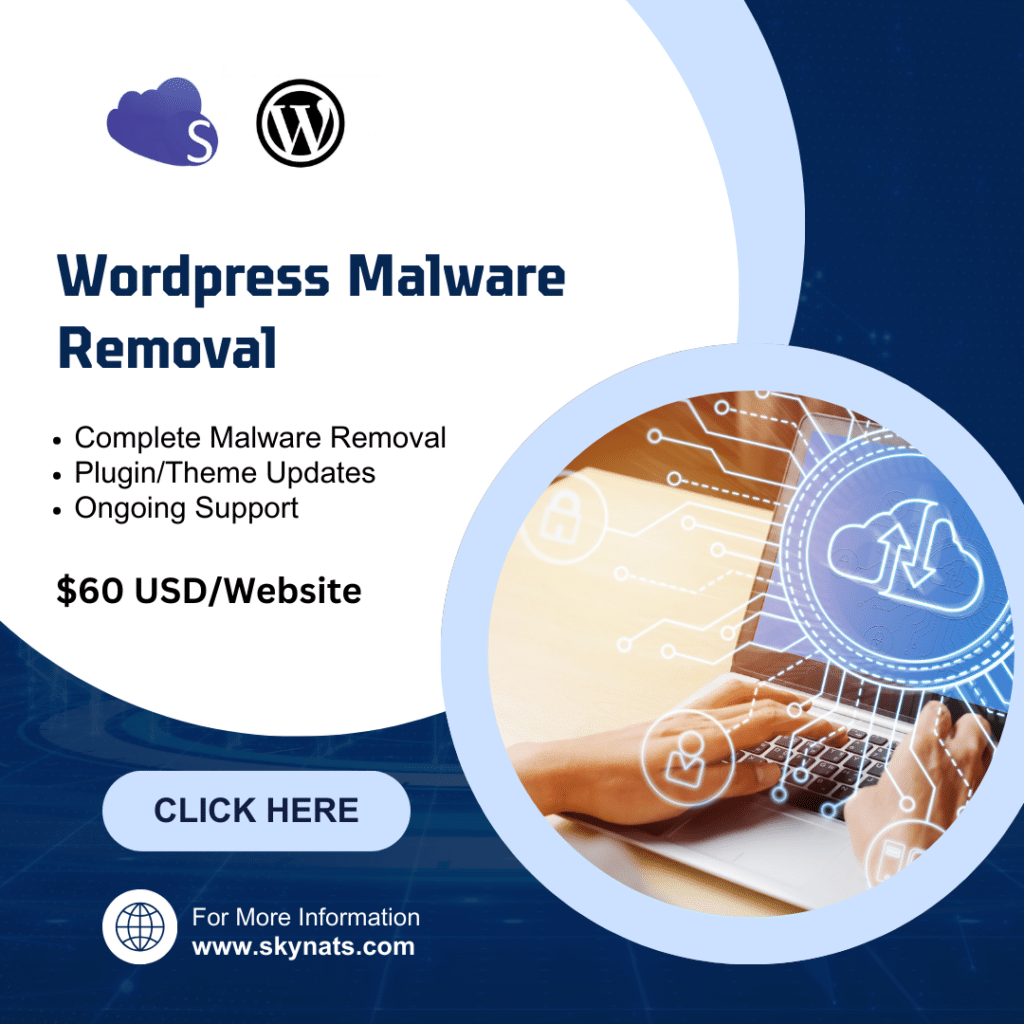Vulnerability scanning is a critical task in maintaining the security of a network or system. OpenVAS, a part of the Greenbone Vulnerability Management (GVM) suite, is a widely-used open-source tool that provides comprehensive vulnerability scanning capabilities. With Docker containers, setting up OpenVAS on your system has never been easier. In this guide, we will learn how to install the GVM Vulnerability Scanner on Ubuntu 24.04, so you can start scanning vulnerabilities in your environment.
Hardware Requirements
Before we dive into the installation, let’s first look at the hardware requirements:
- Minimal Requirements:
CPU: 2 cores
RAM: 4 GB
Disk Space: 20 GB free
- Recommended Requirements:
CPU: 4 cores
RAM: 8 GB
Disk Space: 60 GB free
These are the specs you’ll need to run OpenVAS efficiently using Docker.
Prerequisites
Install Docker & Docker-Compose : You’ll need Docker to run OpenVAS in a container. If Docker and Docker-Compose are not yet installed on your system, follow these steps to set them up:
Install Dependencies : Make sure you have curl, ca-certificates, and gnupg installed. You can do this by running the following command:
sudo apt-get install curl ca-certificates gnupgStep 1: Set Up Docker’s APT Repository
First, we will add Docker’s official GPG key and repository to your system. This ensures that you can install Docker from trusted sources.
Add Docker’s GPG Key:
sudo apt-get update
sudo apt-get install ca-certificates curl
sudo install -m 0755 -d /etc/apt/keyrings
sudo curl -fsSL https://download.docker.com/linux/ubuntu/gpg -o /etc/apt/keyrings/docker.asc
sudo chmod a+r /etc/apt/keyrings/docker.ascAdd Docker’s Official Repository:
echo "deb [arch=$(dpkg --print-architecture) signed-by=/etc/apt/keyrings/docker.asc] https://download.docker.com/linux/ubuntu $(. /etc/os-release && echo "$VERSION_CODENAME") stable" | sudo tee /etc/apt/sources.list.d/docker.list > /dev/null
sudo apt-get updateStep 2: Install Docker and Dependencies
Now that you’ve added Docker’s official repository, you can install Docker and related dependencies using command.
sudo apt-get install gnupg docker-ce docker-ce-cli containerd.io docker-buildx-plugin docker-compose-pluginStep 3: Verify the Docker Installation
To ensure that Docker is installed correctly, run the hello-world container to check if everything is working:
sudo docker run hello-worldThis command should display a message confirming that Docker is working properly.
Step 4: Manage Docker as a Non-Root User
To avoid running Docker commands with sudo, add your user to the Docker group:
sudo groupadd docker
sudo usermod -aG docker $USER
newgrp dockerNow, you can verify Docker functionality without using sudo:
docker run hello-worldStep 5: Download the Greenbone Community Edition Docker Compose File
Before you can start OpenVAS, we need to download the necessary Docker Compose file.
Create a destination directory:
export DOWNLOAD_DIR=$HOME/greenbone-community-container && mkdir -p $DOWNLOAD_DIRDownload the Docker Compose file:
cd $DOWNLOAD_DIR && curl -f -L https://greenbone.github.io/docs/latest/_static/docker-compose-22.4.yml -o docker-compose.ymlStep 6: Modify the Docker Compose File for Remote Access
By default, the Greenbone Security Assistant (GSA) web interface listens only on the local machine. To allow remote access, you need to modify the Docker Compose file.
Locate the gsa section in the docker-compose.yml file:
gsa:
image: greenbone/gsa:stable
restart: on-failure
ports:
- 127.0.0.1:9392:80 # Before
volumes:
- gvmd_socket_vol:/run/gvmd
depends_on:
- gvmdModify the ports section to allow external access:
gsa:
image: greenbone/gsa:stable
restart: on-failure
ports:
- 9392:80 # After
volumes:
- gvmd_socket_vol:/run/gvmd
depends_on:
- gvmdThis configuration change allows GSA to be accessed from any device on the network, not just localhost.
Step 7: Start the Greenbone Community Edition Container
Now that the configuration is ready, you can start the Greenbone Community Edition container with the following command:
docker compose -f $DOWNLOAD_DIR/docker-compose.yml -p greenbone-community-edition up -dThis command will start OpenVAS in the background.
Step 8: Accessing OpenVAS
Once the container is up and running, you can access the Greenbone Security Assistant (GSA) web interface by navigating to:
http://server_ipaddress:9392
Default Login Credentials
Username: admin
Password: admin
Once logged in, you’ll be able to start using OpenVAS to scan for vulnerabilities in your environment.
Conclusion
Successfully installed OpenVAS (GVM) using Docker containers on Ubuntu 24.04. This setup ensures that OpenVAS runs in an isolated environment, preventing conflicts with your host system and making it easier to manage. Now you can take advantage of OpenVAS’s powerful vulnerability scanning capabilities to keep your systems secure.
If you encounter any challenges while following the steps to install GVM Vulnerability Scanner on Ubuntu 24.04 using containers, or if you’re looking to enhance your server’s security posture through Web Server Hardening, our team is here to help. Contact us today for expert guidance, tailored solutions, or hands-on support to ensure your environment is both secure and compliant.

